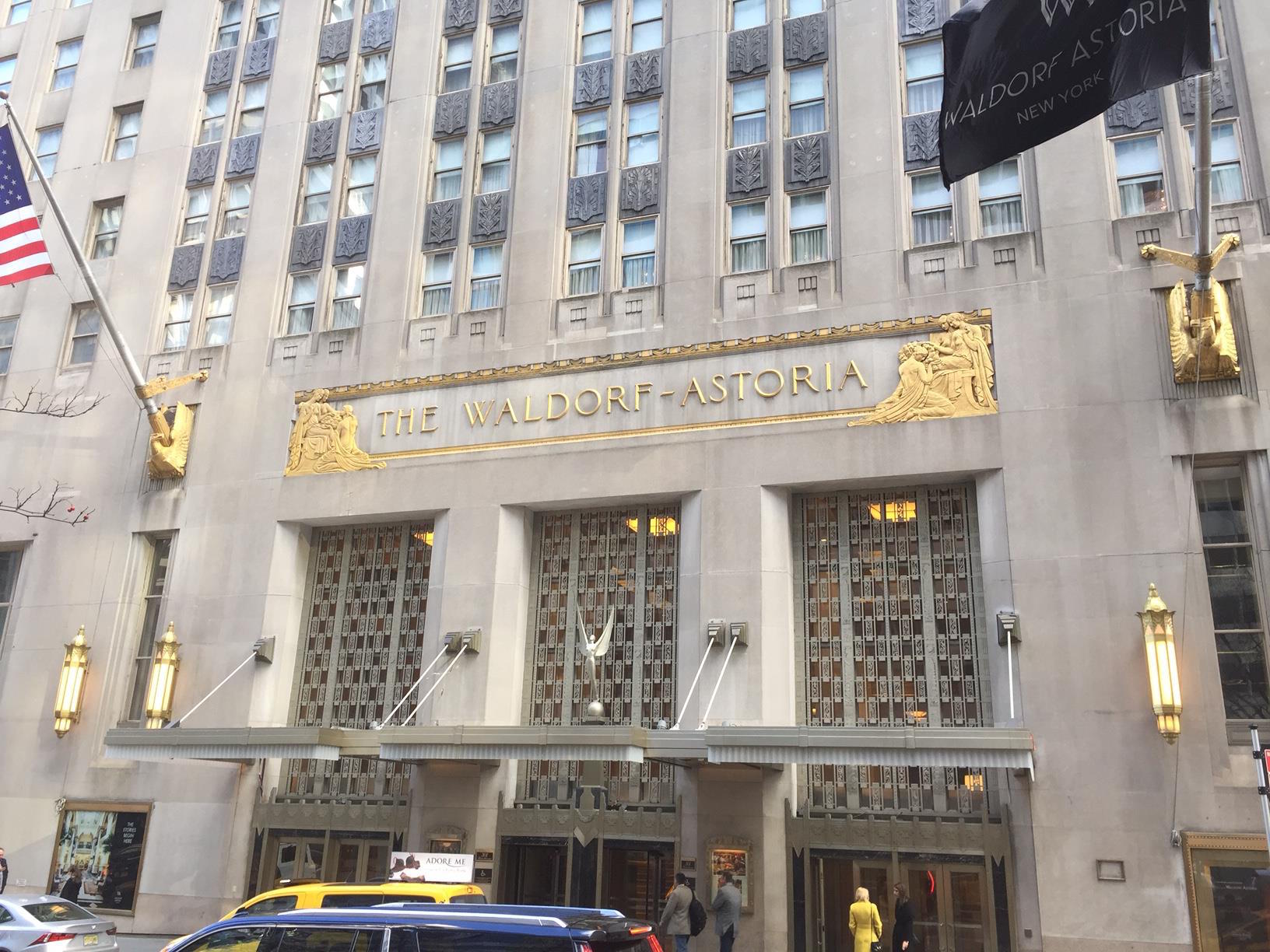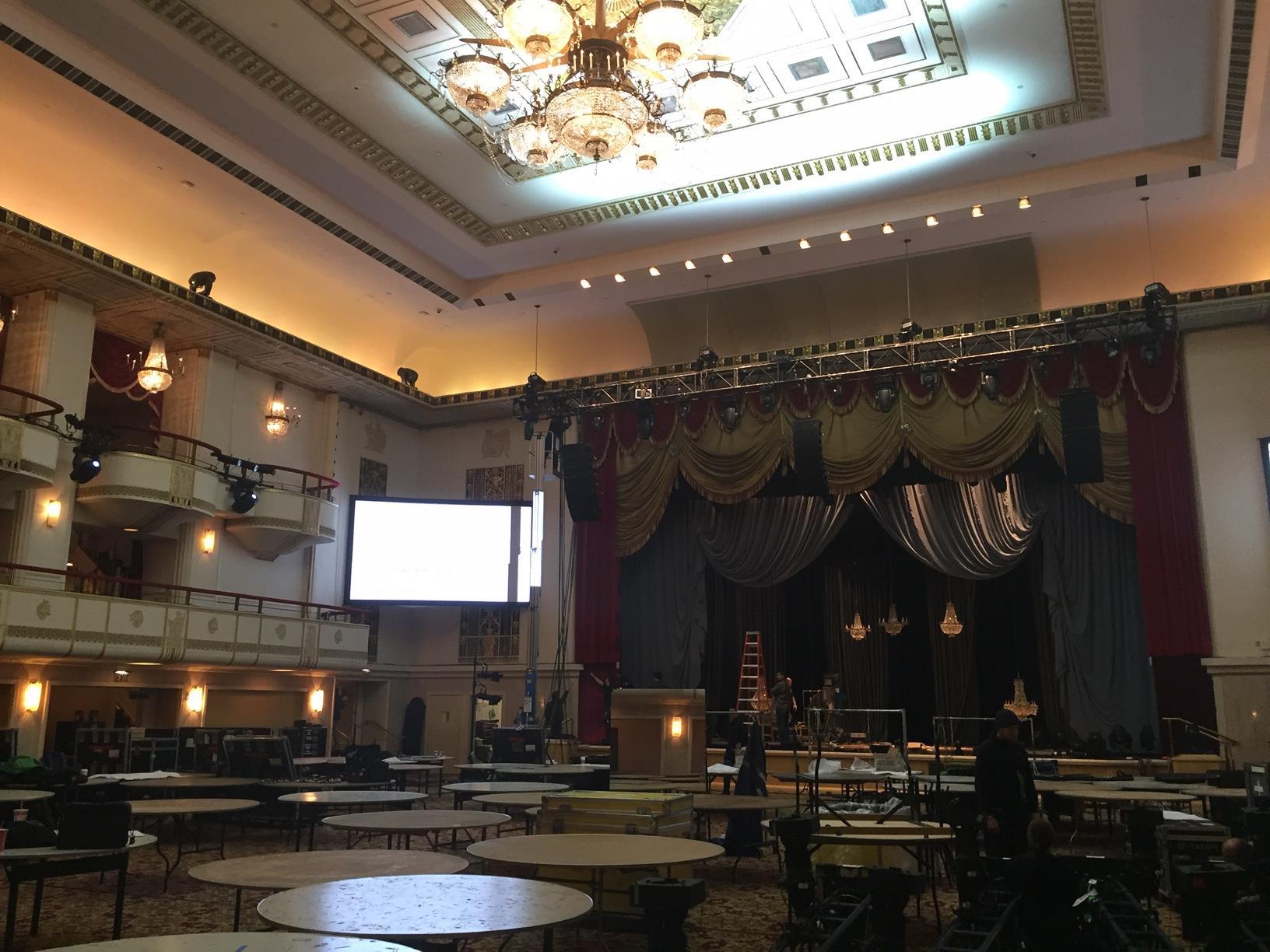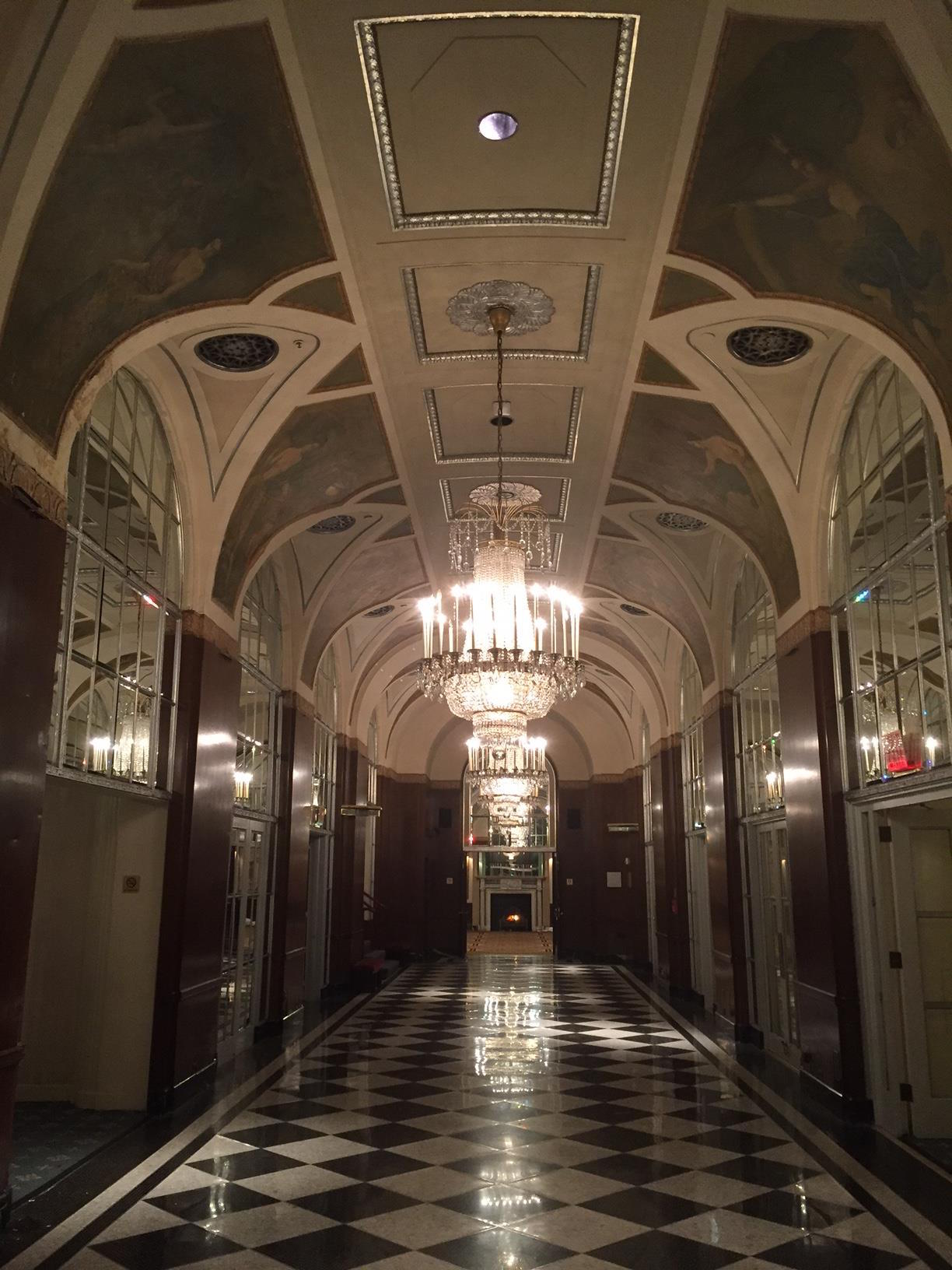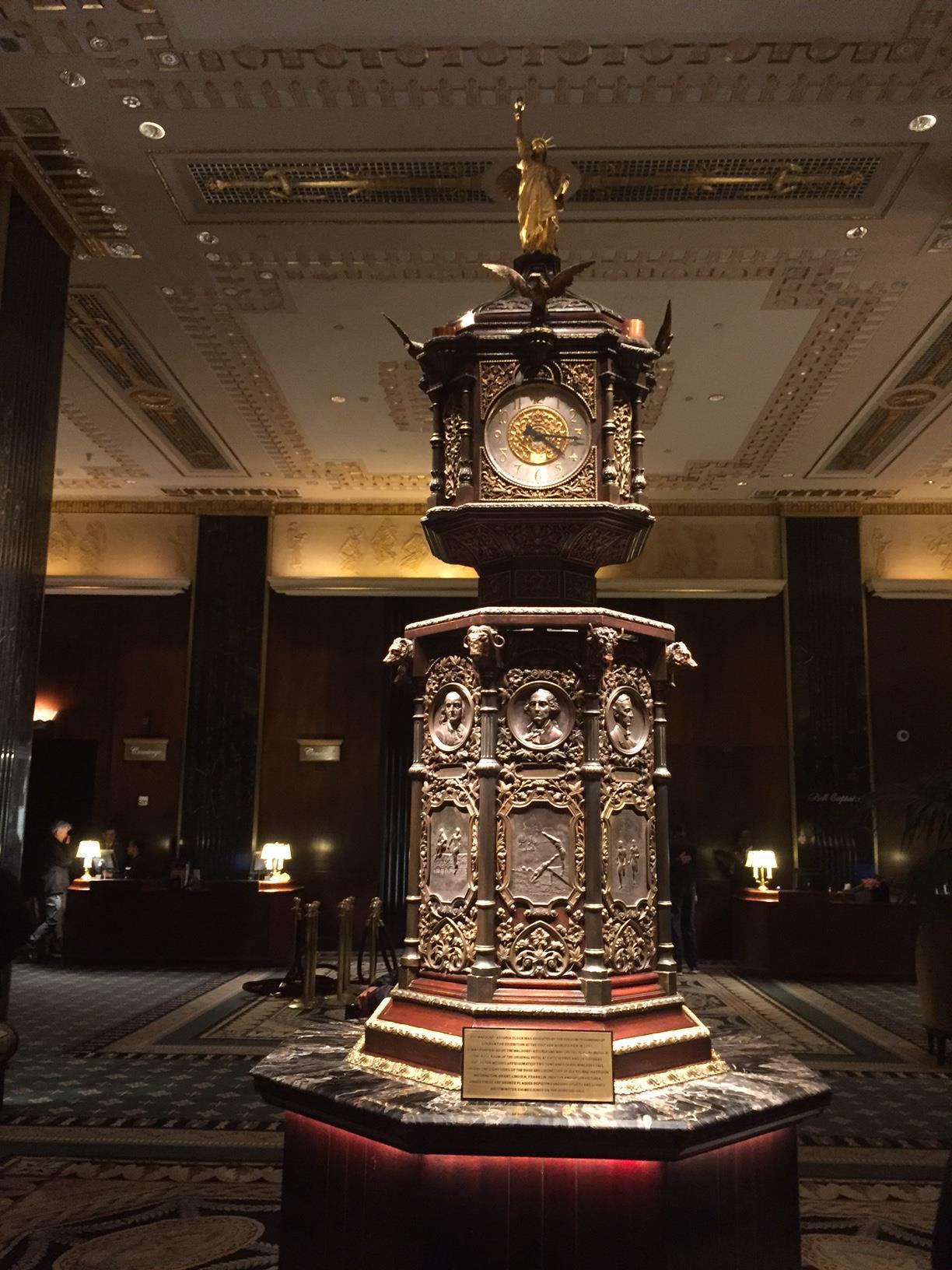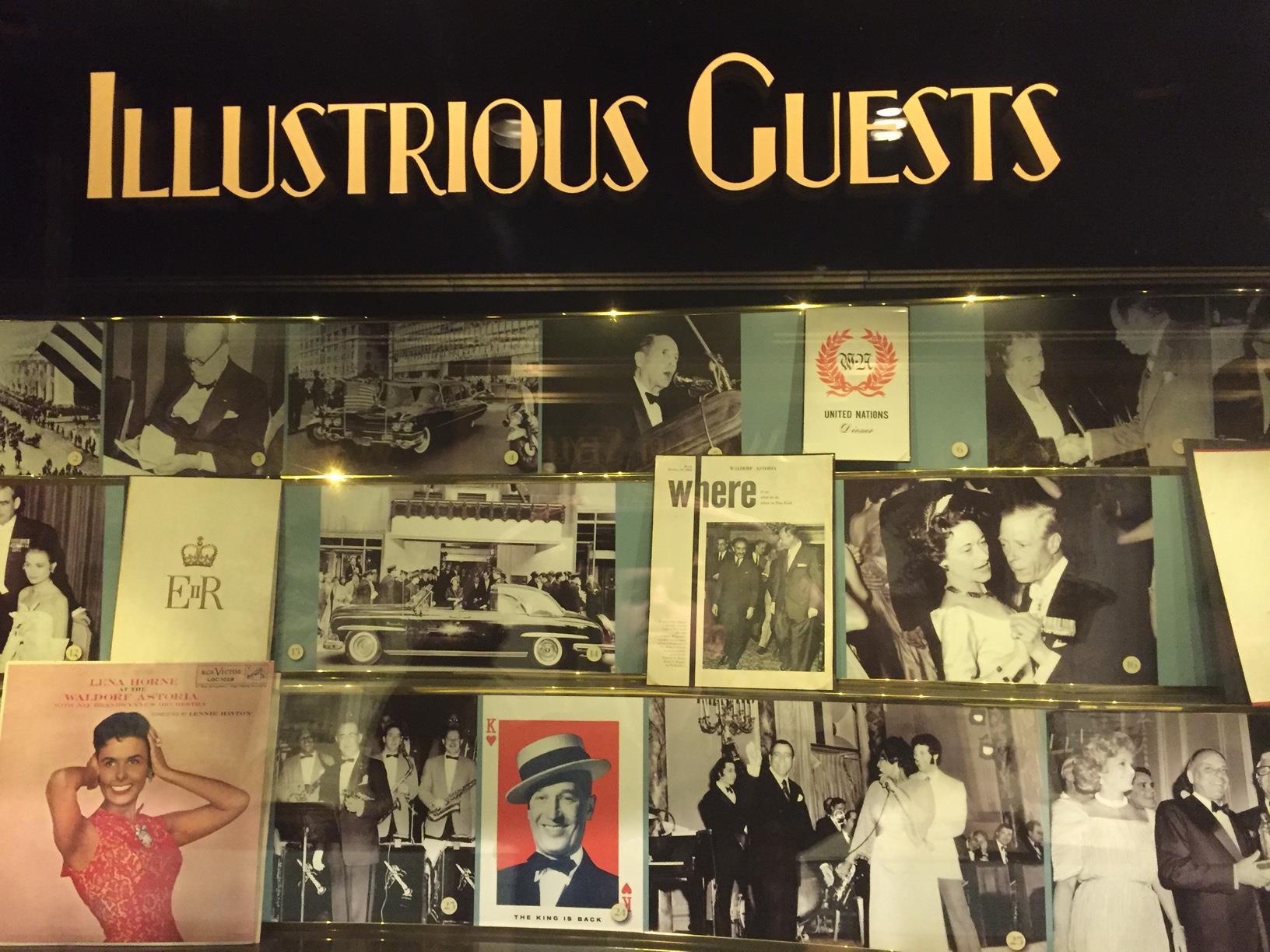Saying Goodbye To The Waldorf-Astoria
/The Waldorf-Astoria is one of New York's most beautiful and historic hotels. It had been one of the popular stops on my Landmarks of Midtown tour. But this week I, and many New Yorkers, were visiting it for the purpose of saying goodbye.
This icon of midtown east is closing at the end of this month, for a multi-year reconstruction that will see most of its space converted into luxury condominiums. The Plaza Hotel went through a similar conversion several years ago. So while it will technically still exist, it won't be the same, and its gorgeous interiors no longer open to the public as they are now.
The Waldorf-Astoria has a storied past. It has hosted every single US President since Herbert Hoover (no other hotel can claim that), as well as celebrities and dignities from all over the world. Countless banquets and events have been held there. It has been featured in countless movies and TV shows.
The famous duel name comes from two separate hotels housed a little further downtown, dating back to the late 1800s, where the Empire State Building stands today. William Waldorf Astor & John Jacob Astor IV (who were cousins!) owned two competing hotels right next to each other. The two eventually reconciled and connected their hotels via a walkway (dubbed "Peacock Alley"). The building was sold, and then demolished, to make way for the Empire State. The 'Waldorf-Astoria' name was sold to developer Lucius Boomer, who constructed a new hotel on Park Avenue 15 blocks north. When it opened, it was the largest & tallest hotel in the world. Its very name quickly evoked luxury and grandeur.
If you have time over the next day or two, I think it is worth it to head over and say goodbye to this Art Deco-era landmark. The staff have been incredibly open and accommodating to the many visitors who have come to take one final look. Or, if you can't, enjoy a sample below of some of the photos I took on today's exploration.


